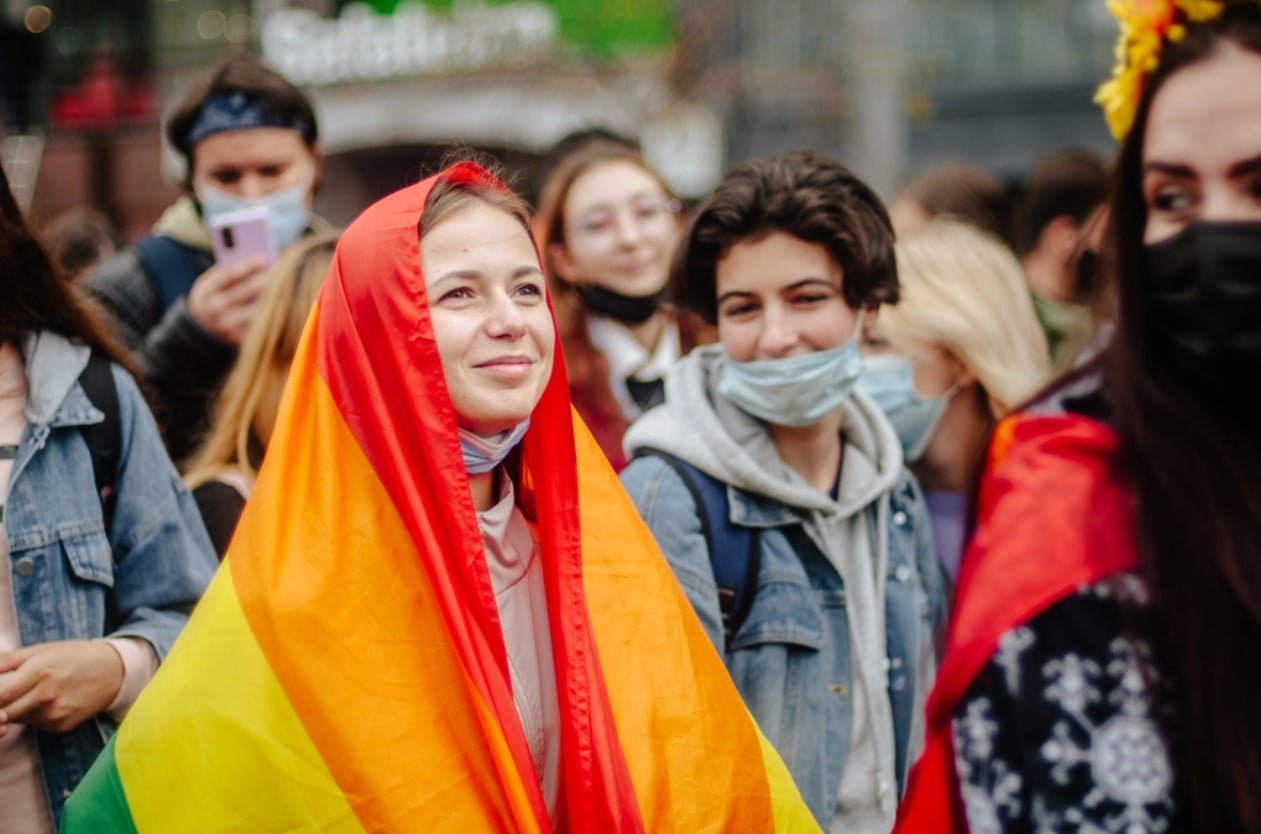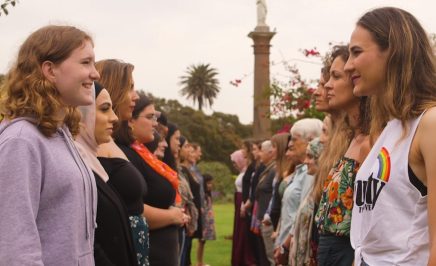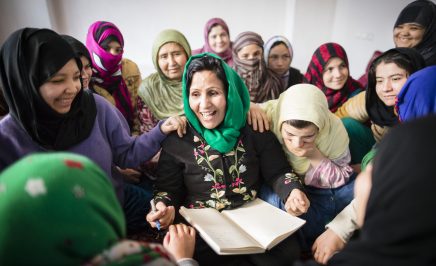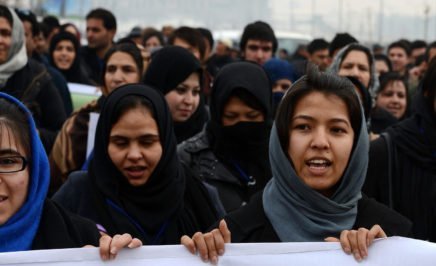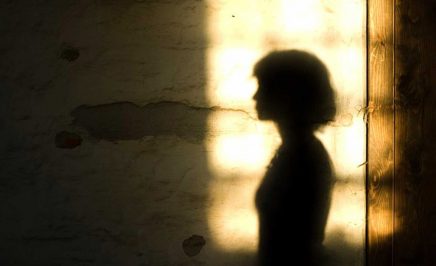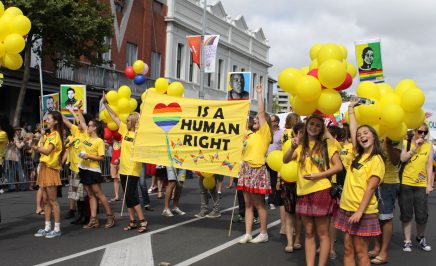What is intersectionality?
Intersectionality is a way of examining how different forms of oppression overlap and interact to create complex experiences of discrimination. This can be by understanding how one person’s gender, race, ability, sexuality, age, class or immigration status makes their experience different to someone else’s.
Intersectionality goes further than acknowledging that these different forms of oppression exist, and examines how, together, they create particular patterns of discrimination in a person’s life.
Using an intersectional framework allows us to see how particular people are left out by policy, campaign and advocacy work, by understanding how certain services may not be accessible, or available to people who face intersecting oppression.
Intersectionality is just a metaphor for understanding the ways that multiple forms of inequality or disadvantage sometimes compound themselves, and they create obstacles that are not often understood within conventional ways of thinking
Kimberlé Crenshaw
The history of intersectionality
The framework of intersectionality was created by lawyer and academic, Kimberlé Crenshaw, in 1989 when she published a paper titled “Demarginalizing the Intersection of Race and Sex.”
The paper examined three legal cases which dealt with subjects facing both racial discrimination and sex discrimination. In each case, Crenshaw argued that the “single-issue” analysis of the law did not take into account how its subjects were affected by both sex and racial discrimination together – meaning the women involved in each case were only able to claim discrimination as either women or due to their race, but not as both.
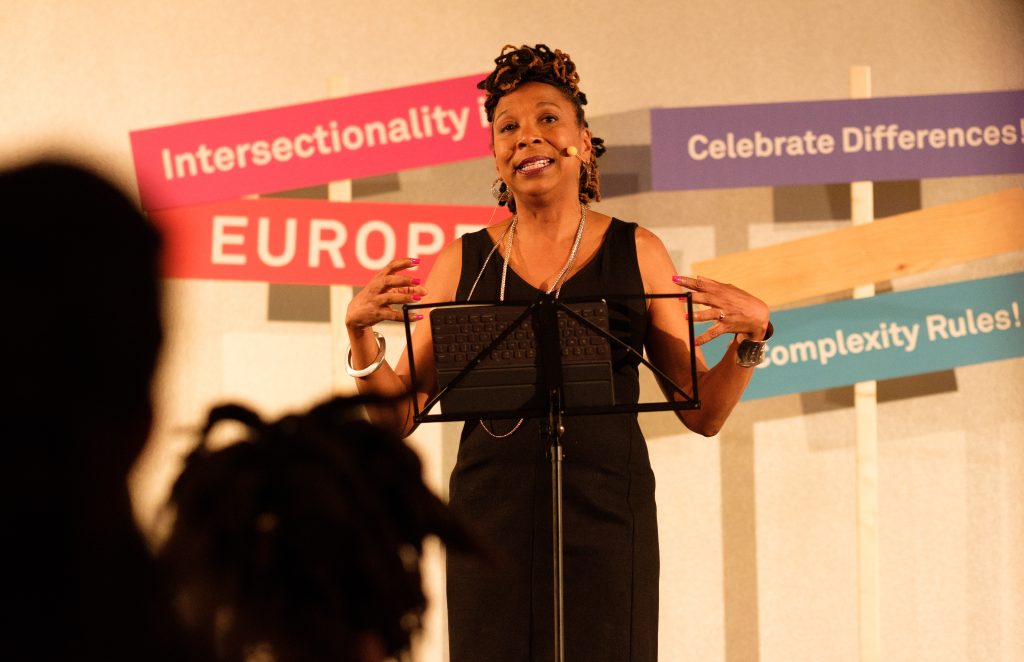
These cases pointed to a broader problem within the law which didn’t reflect how the experiences of black women differed from both white women, and black men.
Since then, intersectionality has been used more broadly to understand how different systems have impacted marginalised identities.
Why is intersectionality important for women’s rights?
The experiences of women differ vastly across the country. Intersectionality provides an important way to understand human rights, and the ways in which different people are excluded from access to vital services.
Aboriginal and Torres Strait Islander women face the intersection of colonisation, racism, and gendered violence, and face significantly higher rates of violence than non-Indigenous women.
Women with disability are twice as likely to experience violence from a current or previous partner than other women.
LGBTQIA+ women face a lack of inclusive services, and can be excluded from resources offered to their cisgender and heterosexual counterparts.
Older women are the fastest-growing group of homeless people in the country. Domestic violence is the largest cause of homelessness for Australian women, and it is difficult for many women experiencing domestic violence to leave the situation, partly because of a significant lack of social housing available for women to access.
Many workplaces also lack paid family and domestic violence leave entitlements, meaning it is often a financial burden on women to leave violent partners.
Responses to domestic violence and policies surrounding reproductive rights, including the funding and delivery of services, too often do not consider the experiences and expertise of people facing intersecting discrimination. Without an intersectional approach to policy-making an advocacy, we risk excluding marginalised groups from access to important human rights.
How can we use intersectionality to improve women’s rights?
Advocacy, policy changes and efforts to improve access to human rights must all take an intersectional approach to providing services to marginalised groups. Put simply, this approach means listening to the groups affected by discrimination and the solutions they already have to resolving these problems.
Amnesty is calling on the Australian government to:
- Commit to funding and resourcing service providers and family violence and women’s legal services, including specialist services for Aboriginal and Torres Strait Islander women, multicultural and migrant women, trans women and gender diverse people.
- Commit to funding Aboriginal and Torres Strait Islander-led organisations to develop Indigenous-led solutions to violence against women and invest in Indigenous-led solutions, and to a dedicated National Safety Plan led by and for First Nations women.
What you can do
- Join us in sending an email calling for the Australian government to commit to increase their investment in specialist service providers, and to a National Safety Plan led by and for First Nations women, so everyone can live free from violence. Together, we can pressure our leaders and challenge injustice.
- Learn more about our women’s rights campaign. All around the world, including Australia, women are denied their human rights on the basis of their sex and gender.
- Learn more about the 16 Days of Activism, an annual international event raising awareness of women’s rights. In 2021 it runs from 25 November to 10 December.
When everyone comes together to support the rights of women and girls, we can do so much. One of the best ways to guarantee that the rights of women and girls in Australia are protected is with a Human Rights Act. A Human Rights Act would enshrine the rights of all Australians in law and ensure that they cannot be stripped away or transgressed by people in power. Learn more about our women’s rights campaigns and our campaign for an Australian Human Rights Act.
